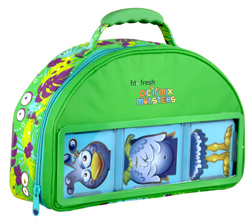Most of the press that I received after I sent last month’s newsletter from Build Healthy Kids® to elementary school children warning about the risks of too much liquid sugar in their diet and the potential danger of energy drinks in particular was positive. I did however get some backlash about sticking my nose in a person’s first amendment rights.
This made me smile because for the last 20 years, on July 4th to be exact, I have fought about freedom of choice for our health. I was asked to speak at a congressional hearing in the early 1990’s because the powers that be at that time didn’t think that the general public could handle having access to information regarding holistic medicine (known back then as alternative medicine). To make a long story short, I was given two weeks to live from a cancer diagnosis and I wanted to pursue holistic means. Getting access to solid information was tough and I am here almost 20 years later saying that it worked; my choice for how I wanted to heal worked. Fast forward to today and I have the same urge and desire to bring information to the public so that they can make the best decision for themselves and their children.
The following 7 issues are why I want there to be an age limit established now in order to purchase energy drinks; especially while the FDA investigates the claims below further:
- The adverse events reported to the FDA that have allegedly been related to certain energy drinks. Here are some examples below or go to http://www.fda.gov/Food/NewsEvents/ucm328536.htm to look for yourself.
- Monster Energy Drink (2/4/04 to 10/11/12): abnormal heart rate, convulsion, 5 deaths and 4 heart attacks, 5 life threatening hospitalizations, another 15 hospitalizations
- Red Bull (1/29/04 to 5/4/12): cardiac disorder, abnormal heart rate, 1 heart attack, 2 life threatening visits to healthcare practitioner, plus 4 hospitalizations
- 5 Hour Energy (6/22/05 to 10/22/12): convulsions, abnormal heart rate, deafness, renal failure, 13 deaths and 11 heart attacks
- Rockstar (1/3/06 to 9/13/12): abnormal heart rate, disability from a stroke, nausea and vomiting
- The suspicious deaths surrounding energy drinks. I personally was in touch with 4 parents whose children died after drinking anywhere from ½ can to 3 cans of energy drinks and they are certainly convinced these drinks had something to do with their child’s death.
- Brian (15y): 1 free sample of RedBull; died later that day
- Anais (14y): 1 Monster Energy Drink 2 days in a row; had a known minor heart condition; died several days later
- Drew (19y) a regular energy drink consumer; drank ½ can Nitrous Monster Energy Drink for the first time; died later that day
- Sara (16y): 3 pulses with alcohol; died later that night
- Sailor (17y): in coma for 5 days after drinking 2 large NOS drinks. He survived and wants kids to know “it is not worth the risk”.
- The number of emergency department visits involving energy drinks doubled from 10,068 visits in 2007 to 20,783 visits in 2011. In 2011, more than half of energy drink-related ED visits involved energy drinks only (58 percent). (The DAWN Report)
- The FDA considers caffeine a drug, plus the amount of caffeine in these drinks is too high for kids. The daily maximum for caffeine is 100mg for teens or 2.5 mg/kg body weight, whichever is the lower amount. Most drinks have a non-resealable top and thus they are often consumed per bottle not per serving. In each can there is more than the maximum amount allowed for children (160 mg in a 16oz can). Soda is capped at 71 mg per 12 oz can, these energy drinks are not capped with the amount of caffeine that they can contain. Even the youngest are effected as a significant number of calls to poison control over energy drinks are for kids under 6 years of age.
- Young children can and are buying these drinks, as young as four and five according to my investigations.
- Our trusted experts that have nothing to gain financially have told kids to stay away from heavily caffeinated drinks. The official position of the American Academy of Pediatrics is “Energy drinks pose potential health risks because of the stimulants they contain, and should never be consumed by children or adolescents”. It really doesn’t get clearer than that. Do we need to say any more or pour millions of dollars into “proving” these drinks are harmful to kids? I do not think so.
- What else besides caffeine that is in these drinks:
- Nitrous Oxide (Nitrous Monster drinks)
- Guarana: this is considered herbal speed in the holistic community. The caffeine in guarana is processed differently than the caffeine in coffee beans; it also has these 2 stimulants theophylline and theobromine which are chemicals similar to caffeine
- Panax Ginseng: is likely unsafe in children and infants; is not to be used with caffeine (Medline Plus from the National Institute of Health)
- Siberian Ginseng (Eleutherococcus Senticosus); might lower blood sugar and slow blood clotting (Medline Plus)
- Carnitine: newest research suggests it may increase risk of heart disease (NY Times 4/8/13)
- Taurine: an amino acid thought to enhance caffeine’s effect; it has similar effects on heart muscle contractions as caffeine. Not studied sufficiently in the amounts present in energy drinks, especially in children.
- Glucuronolactone: The amount of this present in energy drinks is over two times the amount present in the rest of the diet. No safety data is available for this amount consumed on a regular or acute basis. It is not studied sufficiently in the amounts present in energy drinks, especially in children.
Take any of the 7 reasons listed above and they point to “use caution”, not allow our children to continue to buy and consume these drinks. It is time for local officials to step in and prohibit the sale of these drinks in their jurisdiction, while the FDA does its job investigating how dangerous these drinks really are.
Want to sign a petition? Go here: http://www.change.org/petitions/manufacturers-of-energy-drinks-stop-advertising-energy-drinks-to-children
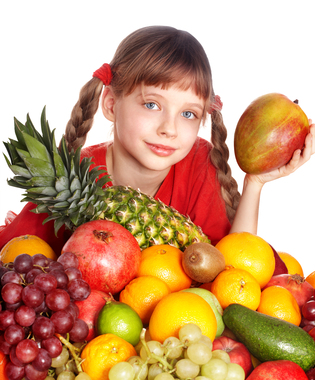
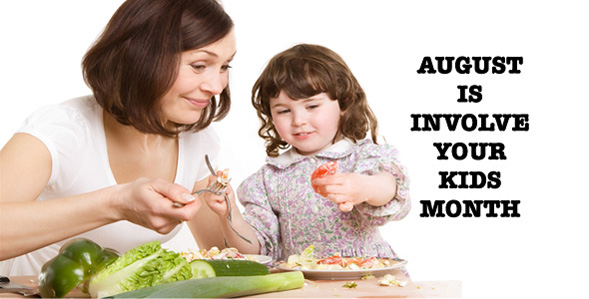
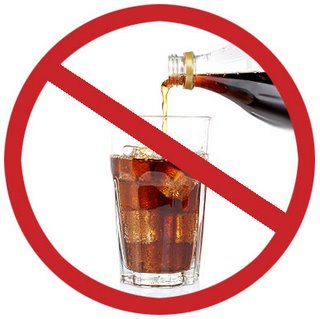
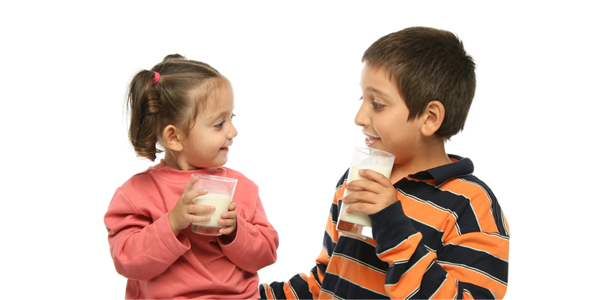





 Dr. Debbie Kennedy (Dr. Deb) is a pediatric nutritionist with 23 years of experience in the field. She has worked with both Yale and Columbia Universities, and has developed programs for some of the industry’s luminaries such as Dr. David Katz and Dr. Mehmet Oz.
Dr. Debbie Kennedy (Dr. Deb) is a pediatric nutritionist with 23 years of experience in the field. She has worked with both Yale and Columbia Universities, and has developed programs for some of the industry’s luminaries such as Dr. David Katz and Dr. Mehmet Oz. 